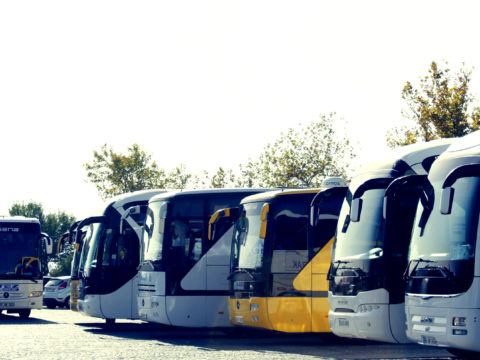The climate crisis is no longer a distant threat; it’s a stark reality that nations around the globe must confront with decisive action. While the transition from fossil fuels poses significant challenges, it also presents an opportunity to reinvent our energy systems and build a more sustainable future. Across the globe, a movement is gaining momentum as nations take bold steps to embrace clean energy and combat climate change. This article spotlights the trailblazing efforts of ten countries leading the charge toward a cleaner, greener, and more sustainable tomorrow.
Contents
Norway
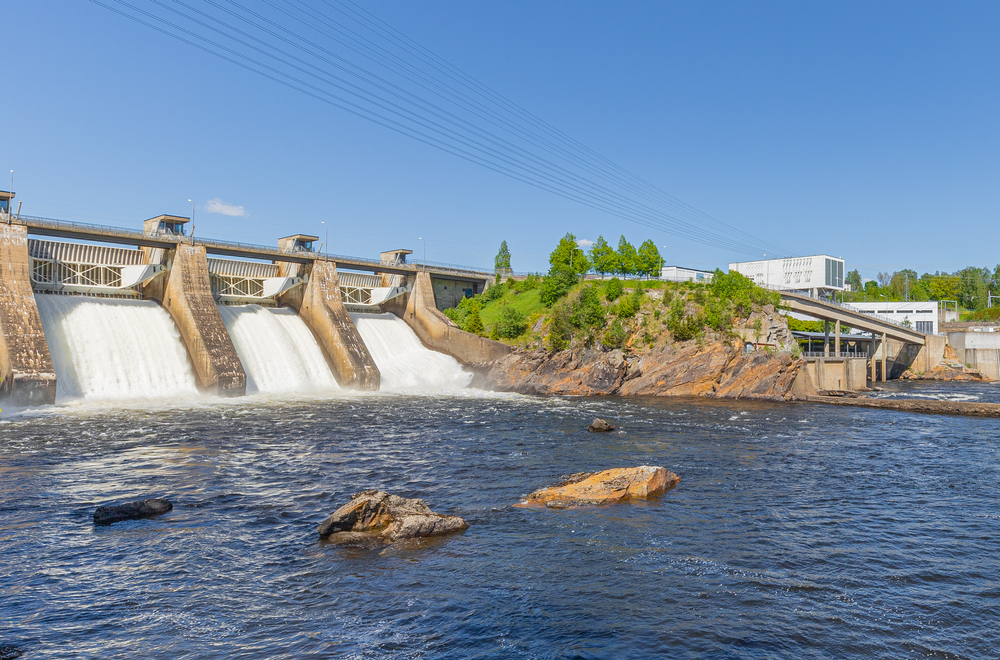
Norway is a world leader in the transition to renewable energy. Despite being an oil-rich country, it has heavily invested in hydropower, which accounts for almost all of its domestic electricity production. Moreover, Norway aims to phase out all petrol cars by 2025 through generous incentives for electric vehicles (EVs), including tax exemptions and free charging stations.
Denmark
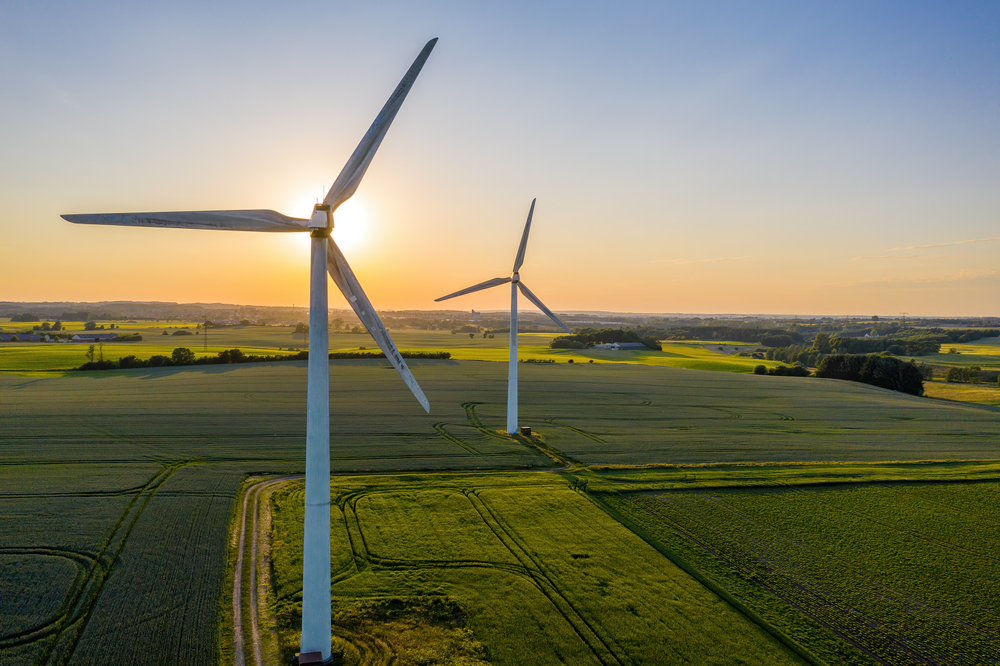
Denmark is heavily invested in wind energy, with wind turbines supplying over 40% of the country’s electricity. The country aims to be free of fossil fuels by 2050 and has already phased out coal for electricity production in Copenhagen. Additionally, Denmark focuses on energy efficiency measures in buildings and transportation.
Sweden
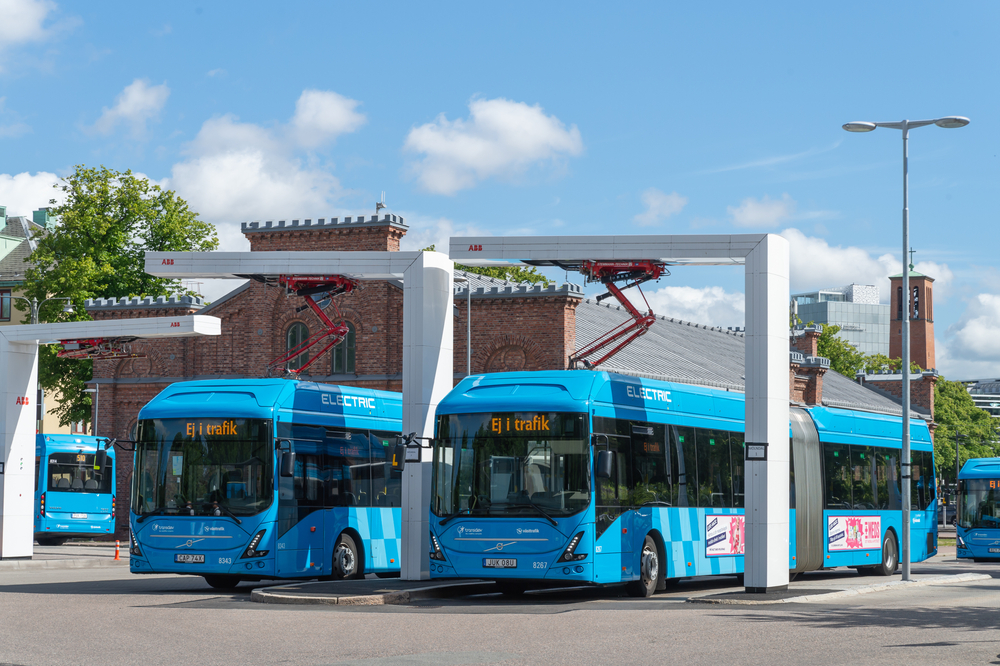
Sweden has an ambitious goal to be fossil fuel-free by 2045. The country has had a carbon tax since 1991 and invests heavily in renewable energy sources like hydro and wind. Sweden is also promoting the use of biofuels and electric public transportation systems.
Germany
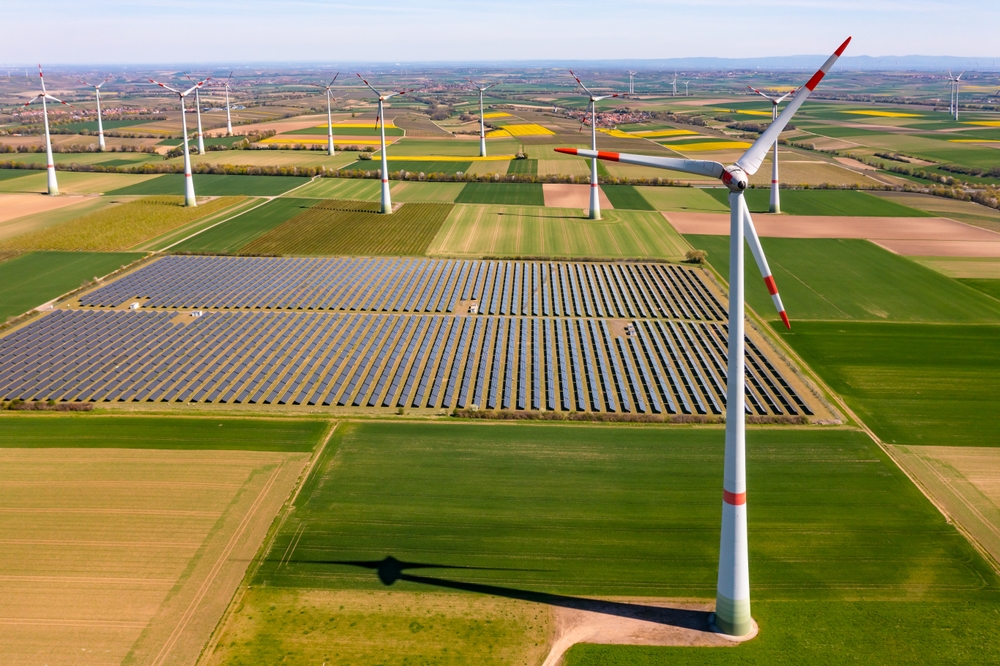
Germany’s Energiewende (“Energy Turnaround”) policy aims to shift from fossil fuels to renewable energy. Germany plans to phase out coal by 2038 and has invested extensively in solar and wind energy. The country is also working on developing a robust electric vehicle infrastructure.
Iceland
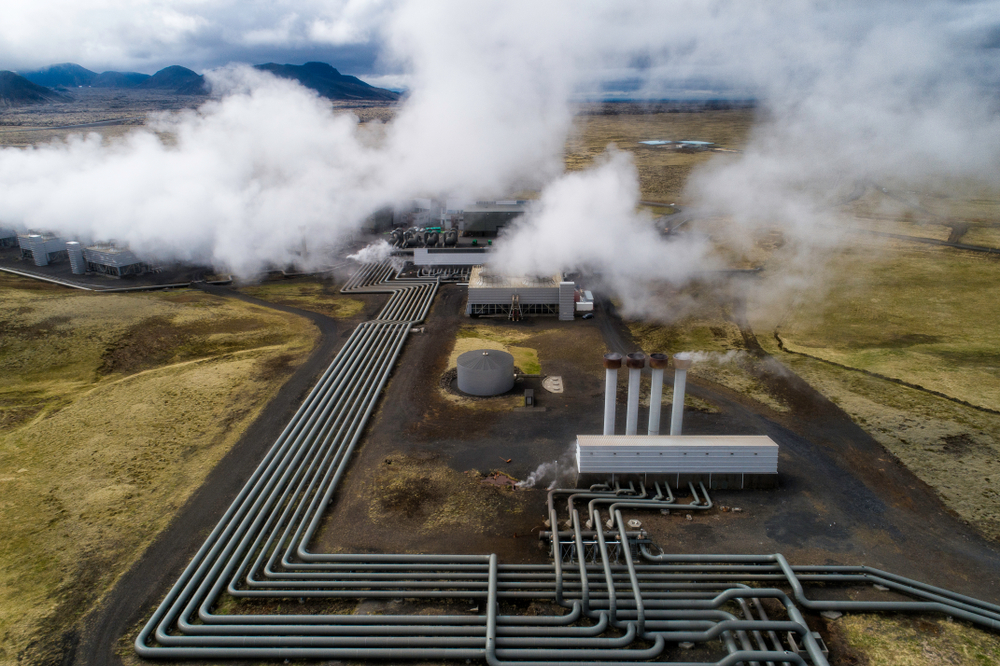
Iceland is unique in that nearly all of its electricity and heating come from renewable sources, primarily geothermal and hydropower. The government encourages using electric vehicles and actively explores ways to transition its fishing fleet to renewable energy.
Scotland
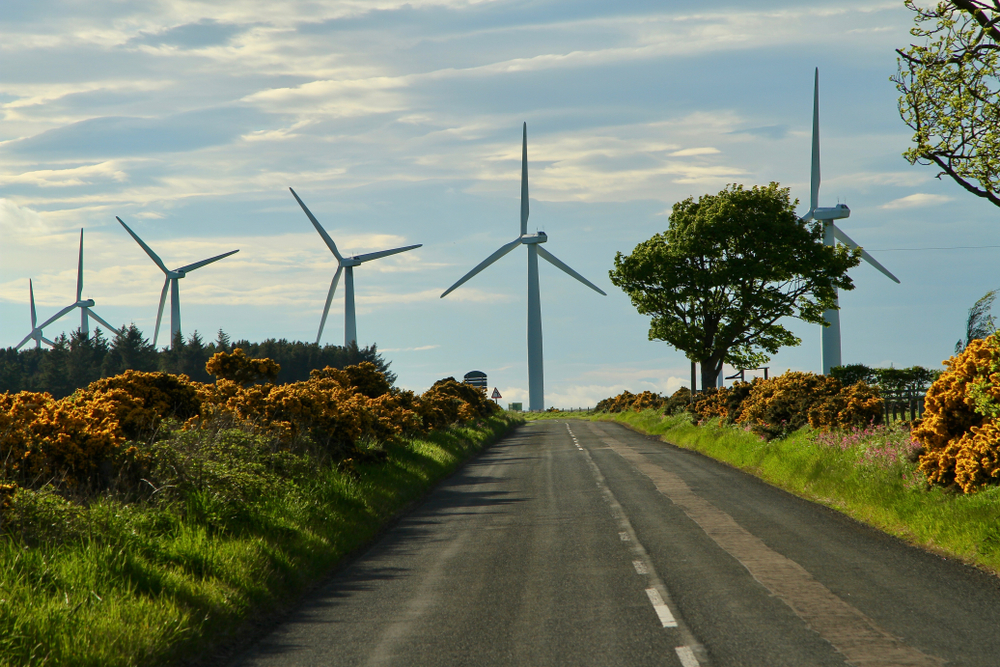
Scotland has many renewable energy resources, especially in wind and tidal power. The country aims for net-zero greenhouse gas emissions by 2045 and plans to phase out new petrol and diesel cars by 2032. Offshore wind farms play a crucial role in Scotland’s renewable energy strategy.
Costa Rica
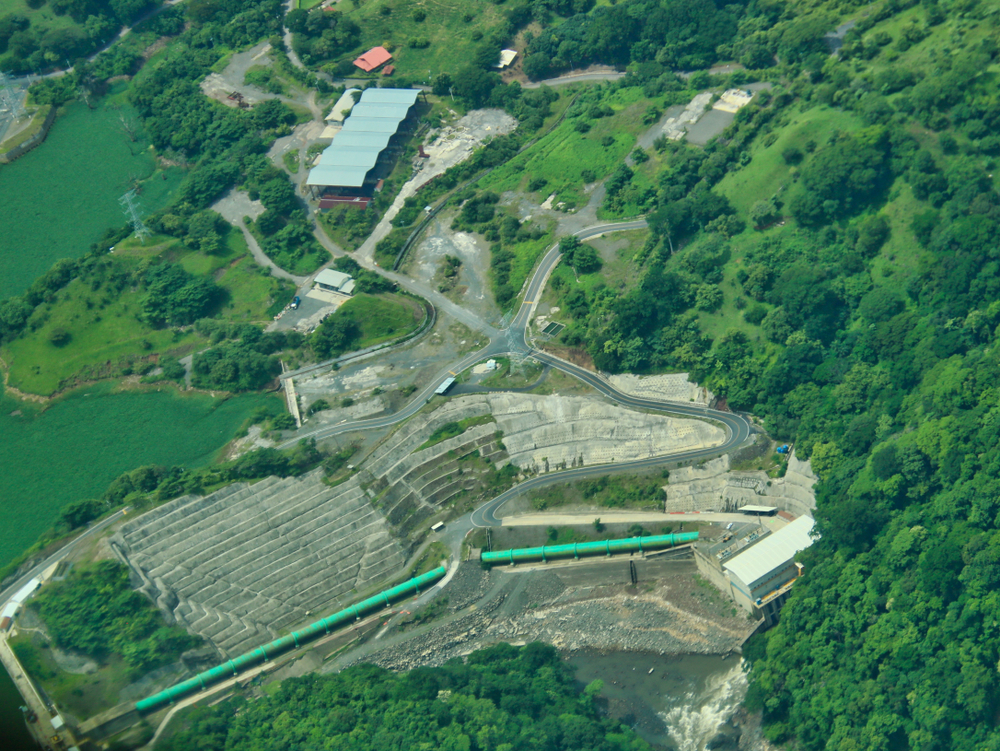
With its abundant hydroelectric, wind, and geothermal resources, Costa Rica has set an ambitious goal to become carbon-neutral by 2050. The country frequently runs on 100% renewable energy for months and plans to modernize its transportation sector to achieve its goals.
New Zealand
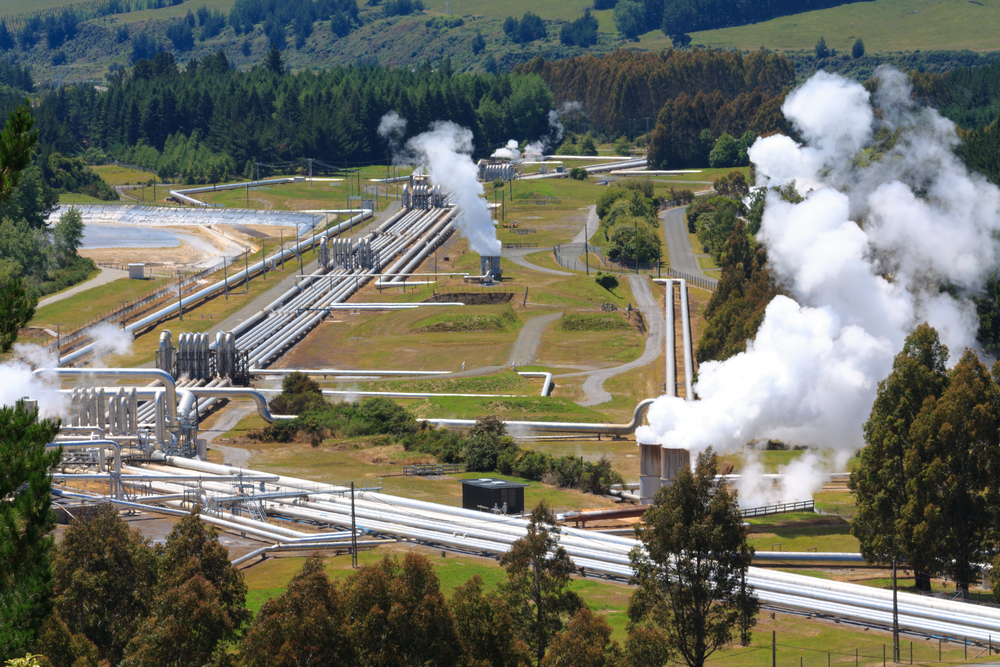
Committed to becoming carbon neutral by 2050, New Zealand is making strides in renewable energy, particularly hydroelectric and geothermal. The country also invests in electric and hydrogen fuel cell vehicles and aims to phase out offshore oil and gas exploration.
Finland
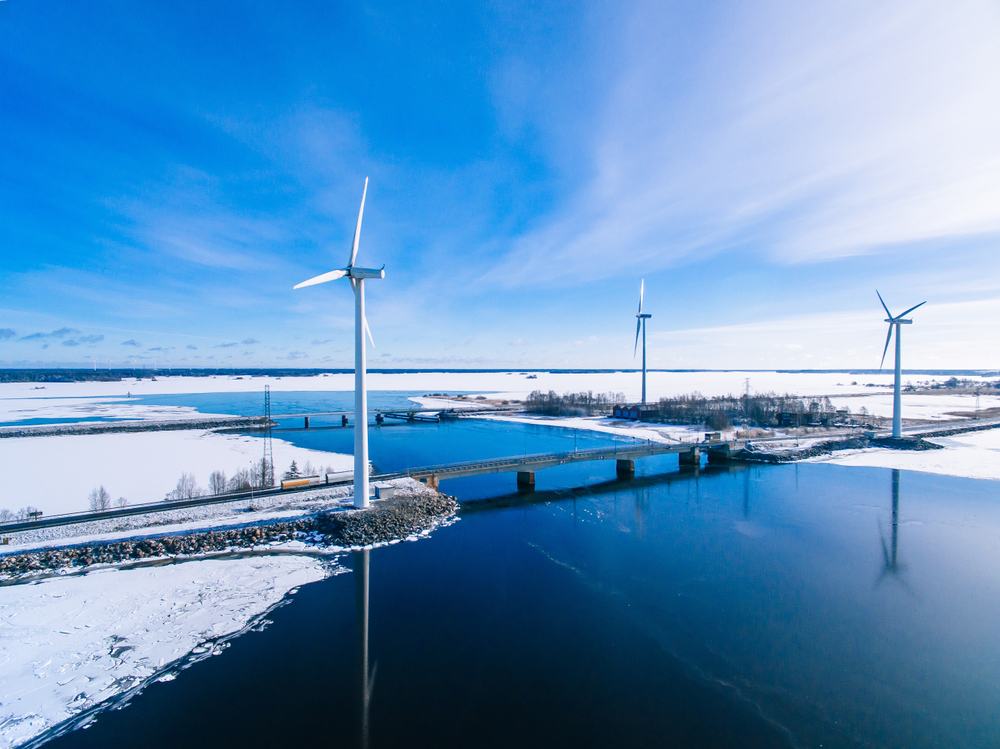
Finland aims to be carbon neutral by 2035 and has enacted various policies to reduce fossil fuel usage. These include heavy investments in wind and solar energy, incentives for electric vehicle adoption, and a commitment to phase out coal by 2029.
Portugal
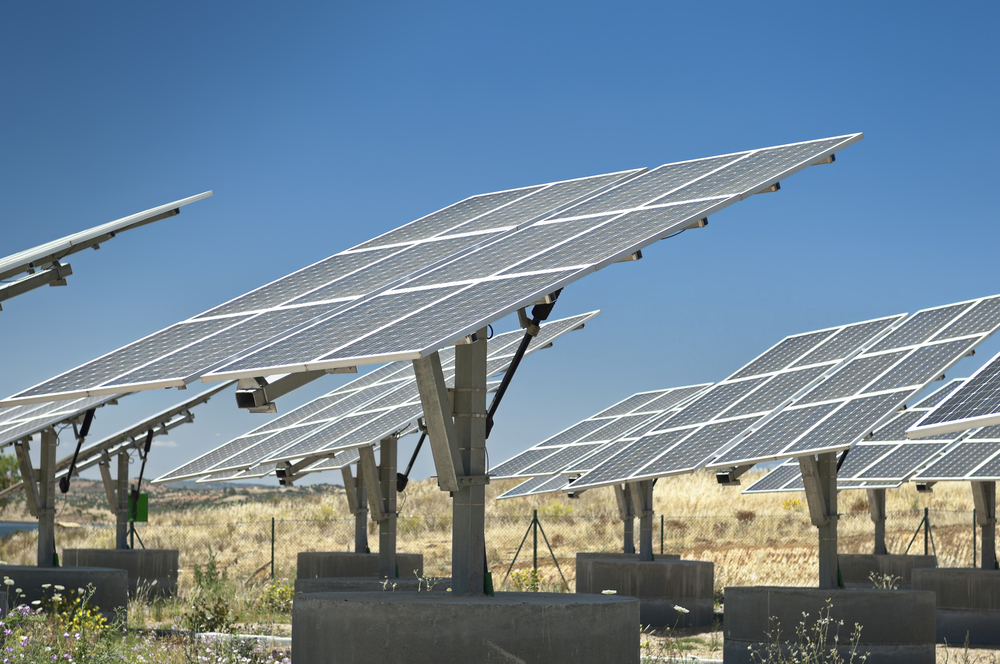
Portugal is rapidly moving toward a clean energy future, with renewable sources like wind, solar, and hydro making up a significant portion of its energy mix. The country has set a target to be carbon neutral by 2050 and plans to phase out coal-fired electricity generation by 2023.
This article originally appeared on MyCarMakesNoise.
More from MyCarMakesNoise
22 of the Coolest Cars You’ve Probably Never Heard of

From vintage stunners, futuristic oddballs, and sexy speed demons, here are the coolest cars you’ve never heard of. Read More.
The Coolest Tri-Wheelers on the Road

When it comes to unique rides, three-wheel cars occupy a distinctive place in the automotive world. Blending the adrenaline-fueled thrill of motorcycles with the relative comfort and stability of cars, trikes offer a driving experience like no other. Read More.
Understanding Why Some Used Cars Outprice New Ones

Whether due to their iconic status, limited production numbers, or exceptional performance capabilities, these cars continue to defy the norm, proving that sometimes, older can mean more expensive. Read More.




